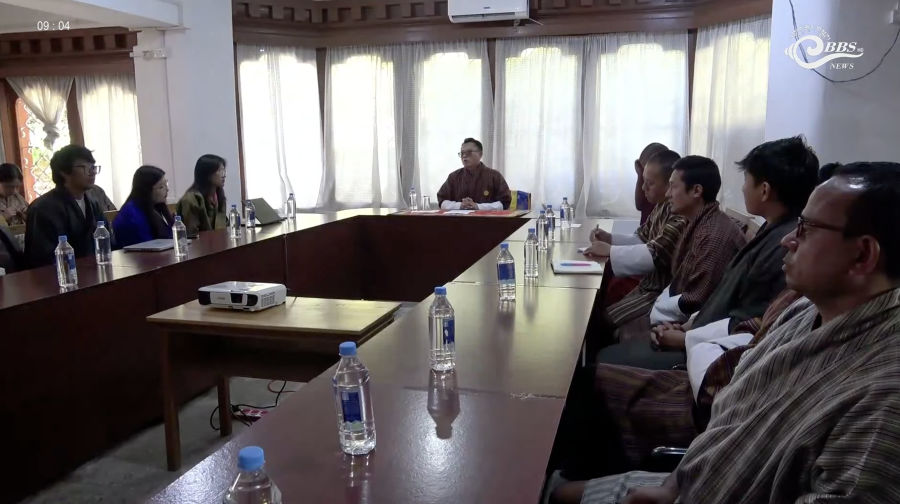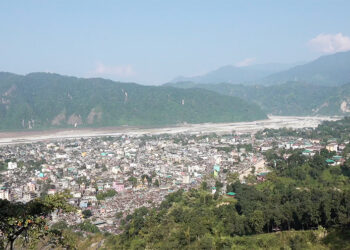 Bhutan is witnessing a rising number of children coming into conflict with the law. Police statistics show that more than 100 cases were recorded in the first half of the year. To safeguard the well-being of these children, as well as others facing challenging circumstances, the government has launched a new initiative called ‘Strengthening Community-Based Child Protection System.’ The project has already begun in Dagana, Samtse, and Chhukha, aiming to provide local support and protection through community involvement.
Bhutan is witnessing a rising number of children coming into conflict with the law. Police statistics show that more than 100 cases were recorded in the first half of the year. To safeguard the well-being of these children, as well as others facing challenging circumstances, the government has launched a new initiative called ‘Strengthening Community-Based Child Protection System.’ The project has already begun in Dagana, Samtse, and Chhukha, aiming to provide local support and protection through community involvement.
Nazhoen Lamtoen, a CSO providing protection and facilitation for marginalised children and youth, conducted a consultation workshop in Dagana yesterday as part of its preparations to implement the project.
The project will be rolled out in Laja and Khebisa Gewogs next month. These gewogs were selected based on the multidimensional poverty index for children aged zero to 17, as identified in the Bhutan Living Standard Survey 2022.
Each chiwog will form a Community Child Protection Team with five to seven members. 80% of the members will come from the community, while the remaining will be civil servants working in the gewog.
The members will undergo a week-long training facilitated by Nazhoen Lamtoen on case reporting, early identification, and safe referrals.
At the chiwog level, teams will report cases to their respective gewogs, which will then forward them to the district administration.
Thinley Tobgyel, the Executive Director of Nazhoen Lamtoen said, “It is not that there is no reporting mechanism; it exists, but it is not systematic. This project will establish a proper child-reporting process from the community to the gewog and up to the district administration. Through this, we aim to strengthen the protection system and streamline the reporting procedure.”
He said involving the community and the district administration will help ensure that children’s views are considered in child protection work and will build stronger community ownership, making the initiative more sustainable. He added that some cases still go unreported because there is no proper system for reporting them.
Thinley Tobgyel said, “Communities are often unaware of how and where to report such cases. In one incident, a community reported a case directly to The PEMA Secretariat, and the same case was then reported to multiple agencies, including RENEW and Nazhoen Lamtoen. This caused confusion and delayed service delivery.”
Nazhoen Lamtoen is implementing the project in collaboration with key stakeholders, including The PEMA Secretariat, the National Commission for Women and Children, and UNICEF in Dagana.
Meanwhile, RENEW is carrying out similar projects in Samtse and Chhukha.
Pema Tshewang, Dagana
Edited by Sangay Chezom





